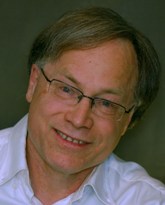 Dick DeStefano is the Executive Director of Sudbury Area Mining Supply and Service Association (SAMSSA). Sudbury Mining Solutions Journal showcases the mining expertise of North Bay, Timmins and Sudbury. (This column was orginally published June/2007)
Dick DeStefano is the Executive Director of Sudbury Area Mining Supply and Service Association (SAMSSA). Sudbury Mining Solutions Journal showcases the mining expertise of North Bay, Timmins and Sudbury. (This column was orginally published June/2007)
Sudbury has become a global shopping destination for mining visitors in the past few months, especially from South Africa, Brazil and Chile.
“The attraction to our SAMSSA members is overwhelming and exciting to see and augers well for the future of Sudbury and all of Northern Ontario,” said Jeff Fuller, Treasurer of the SAMSSA Board and President of Fuller Industrial.
More than 50 business and government visitors from South Africa’s North West Province, Brazil and Chile have visited SAMSSA members and Sudbury academic institutions in one of the most active months in the history of the Sudbury Area Mining Supply & Service Association’s four-year existence.
Sudbury has become a destination point for mining industry people looking for equipment, technology and talent, and SAMSSA members are one of the main attractions for these global visitors.
























